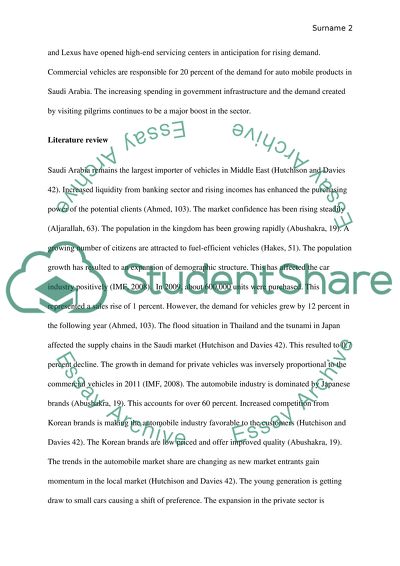Cite this document
(“An economical analysis of the car market in Saudi Arabia Essay”, n.d.)
An economical analysis of the car market in Saudi Arabia Essay. Retrieved from https://studentshare.org/macro-microeconomics/1477097-an-economical-analysis-of-the-car-market-in-saudi
An economical analysis of the car market in Saudi Arabia Essay. Retrieved from https://studentshare.org/macro-microeconomics/1477097-an-economical-analysis-of-the-car-market-in-saudi
(An Economical Analysis of the Car Market in Saudi Arabia Essay)
An Economical Analysis of the Car Market in Saudi Arabia Essay. https://studentshare.org/macro-microeconomics/1477097-an-economical-analysis-of-the-car-market-in-saudi.
An Economical Analysis of the Car Market in Saudi Arabia Essay. https://studentshare.org/macro-microeconomics/1477097-an-economical-analysis-of-the-car-market-in-saudi.
“An Economical Analysis of the Car Market in Saudi Arabia Essay”, n.d. https://studentshare.org/macro-microeconomics/1477097-an-economical-analysis-of-the-car-market-in-saudi.


